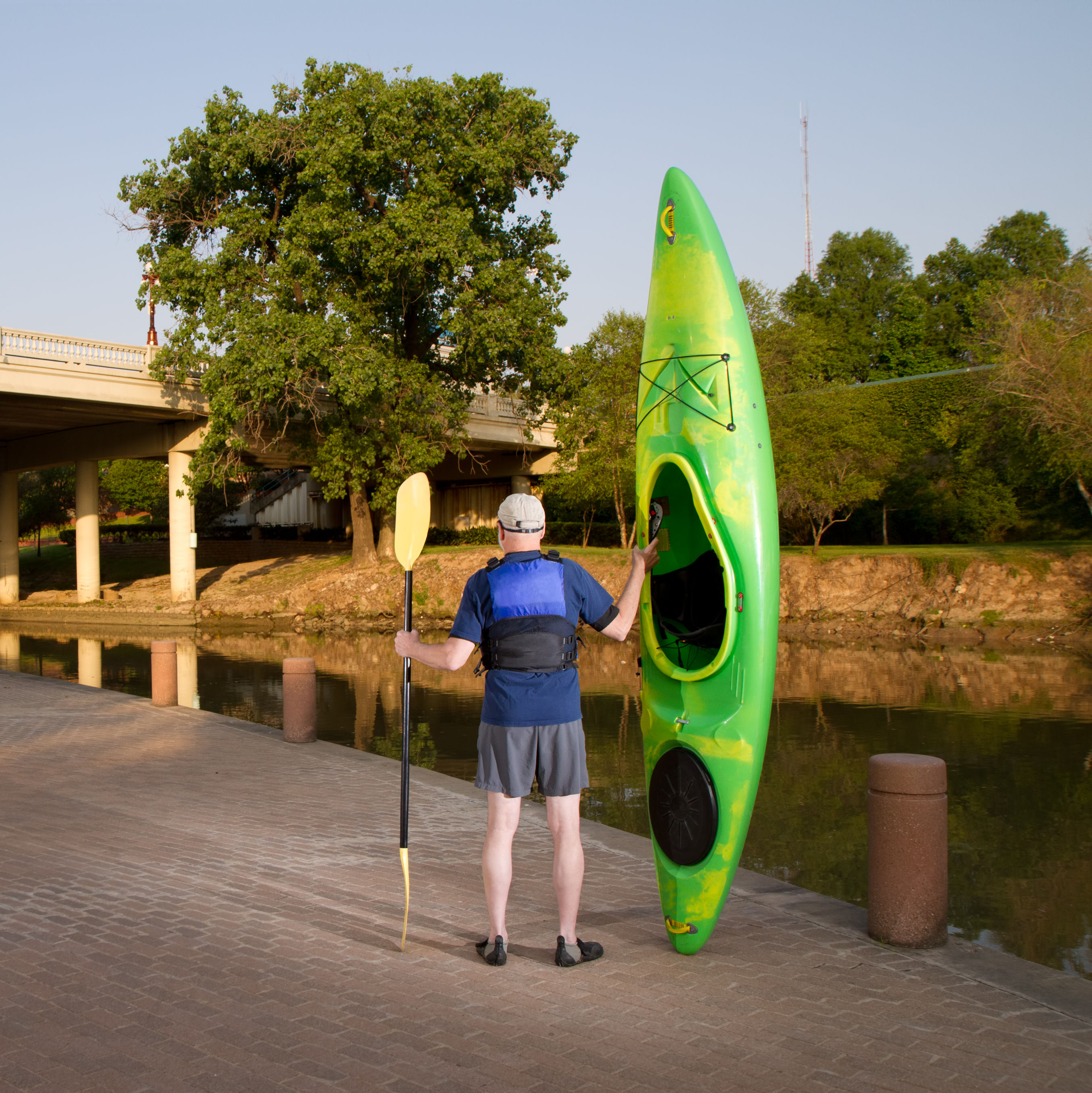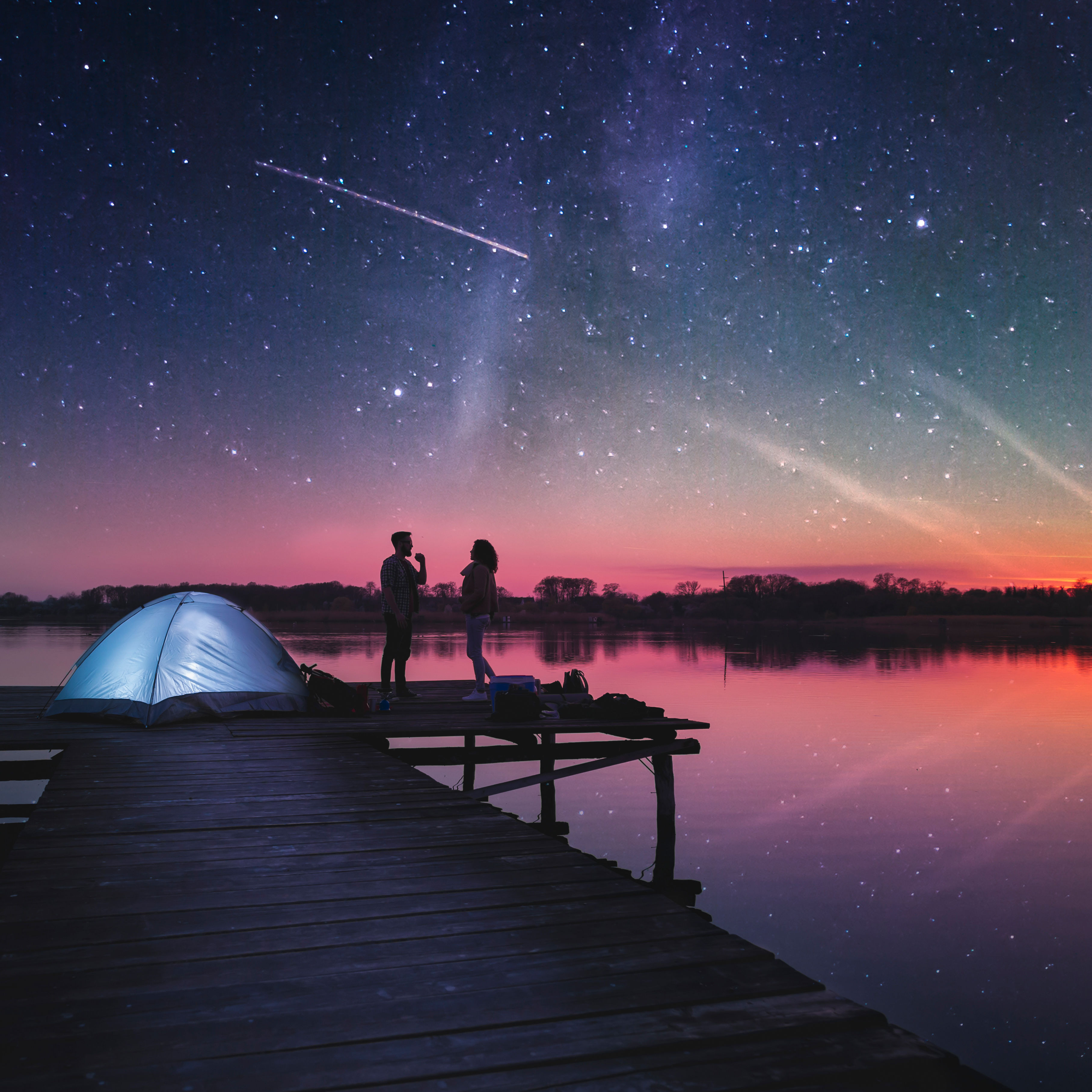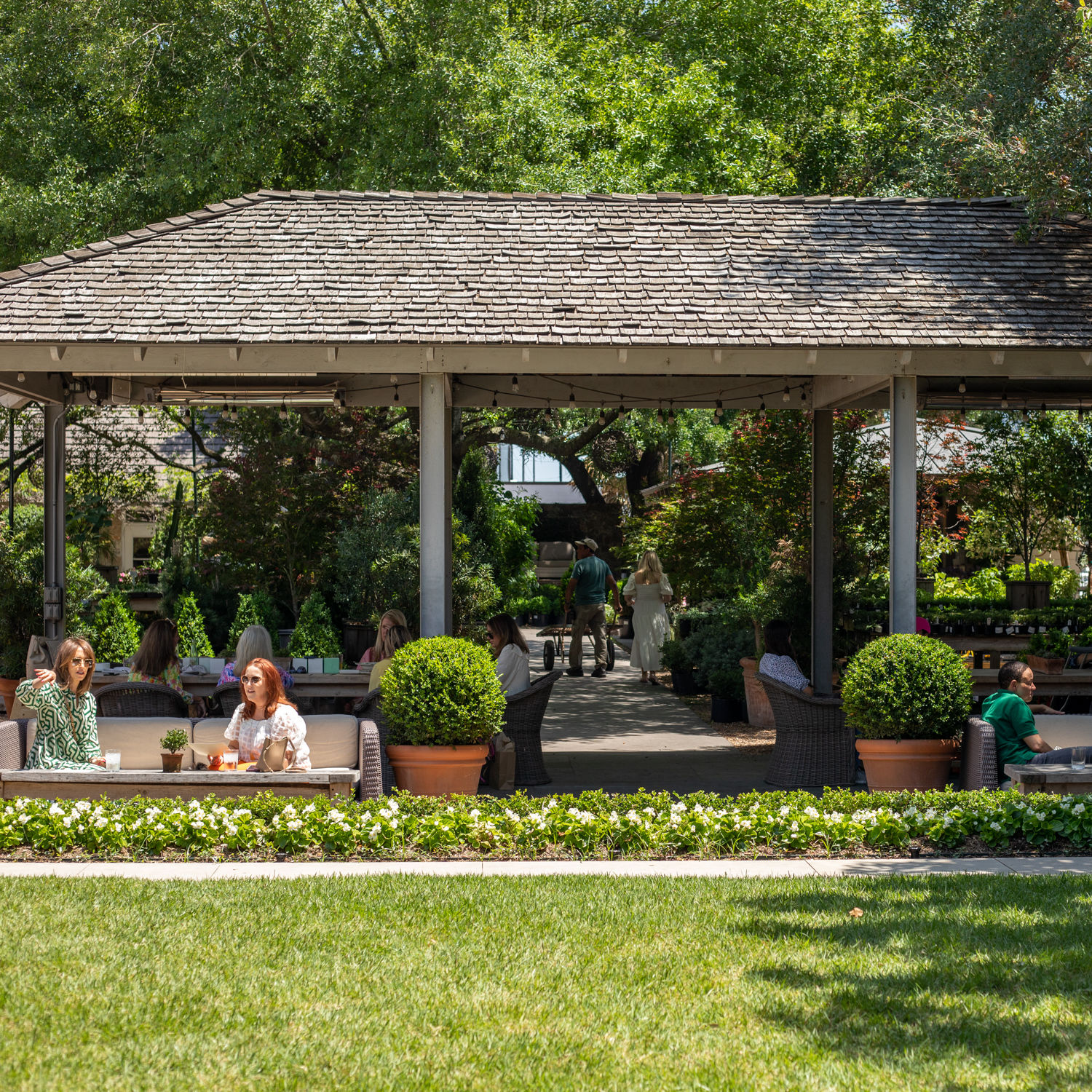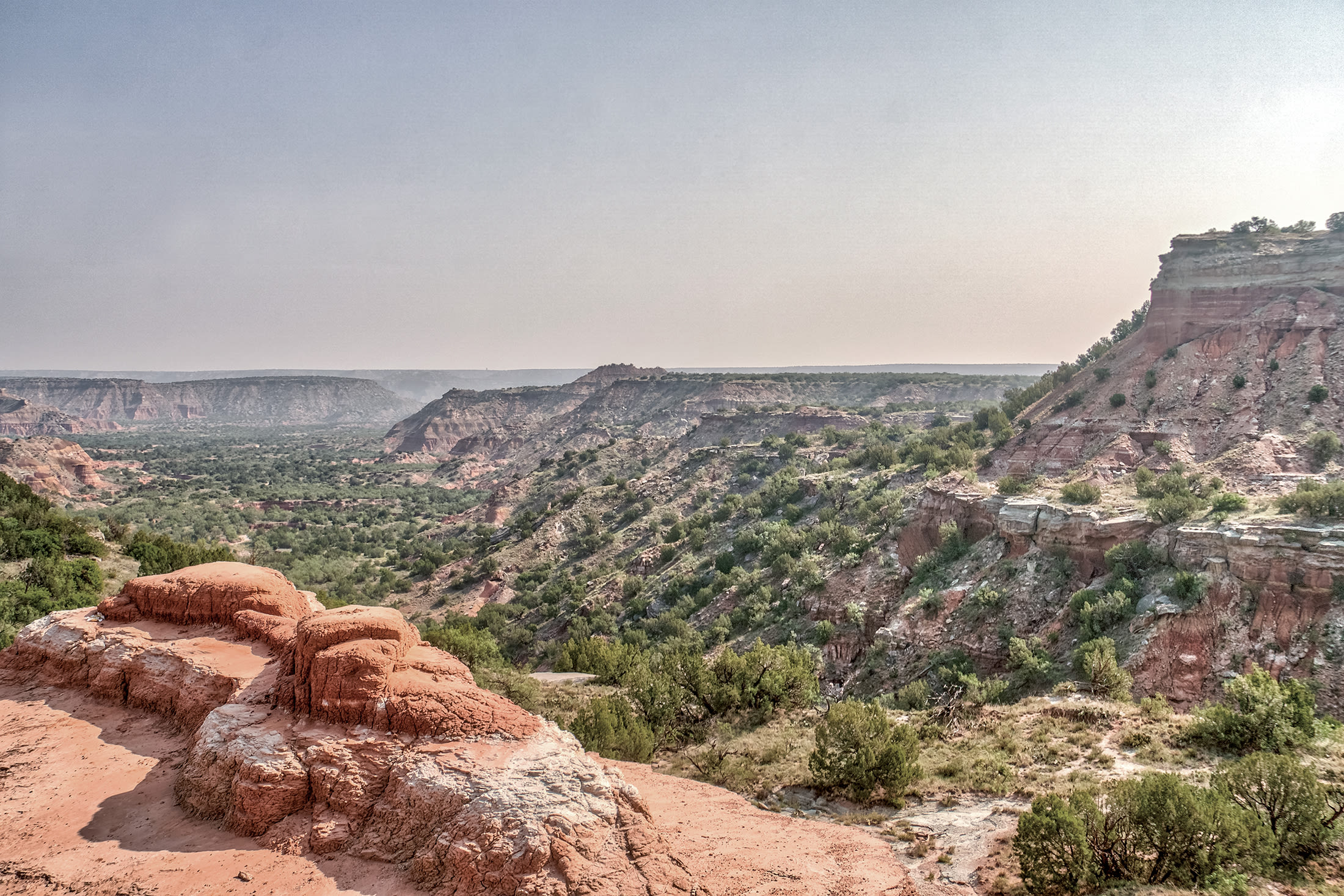The Only Guide You’ll Need to Sam Houston National Forest

The Stubblefield Lake area in Sam Houston National Forest is a calm spot to go fishing.
Image: Steven Irwin
Planning a trip to the wilderness to sleep outside for nights on end was once daunting to me. Why would anyone want to exchange the comfort of a cozy bed for time in a tent?
I didn’t go on my first real camping trip until I was 19 years old, when I moved from Texas to Hawaii. Nearly 4,000 miles across the world, I discovered my love for the great outdoors and the importance of connecting with nature. Camping was the only way I could let loose, shut my mind off from day-to-day adulting, and wander without reason or purpose. When was the last time you sat and stared at a campfire or gazed up at the stars in the sky? The world keeps spinning and doesn’t wait for anybody, but I believe time stops for just a moment when surrounded by wilderness.
When I came back to Texas later and moved to Houston, all I could think about was where the best camping spot was near me. Luckily for us, we’re only an hour away from the largest national forest in the state.
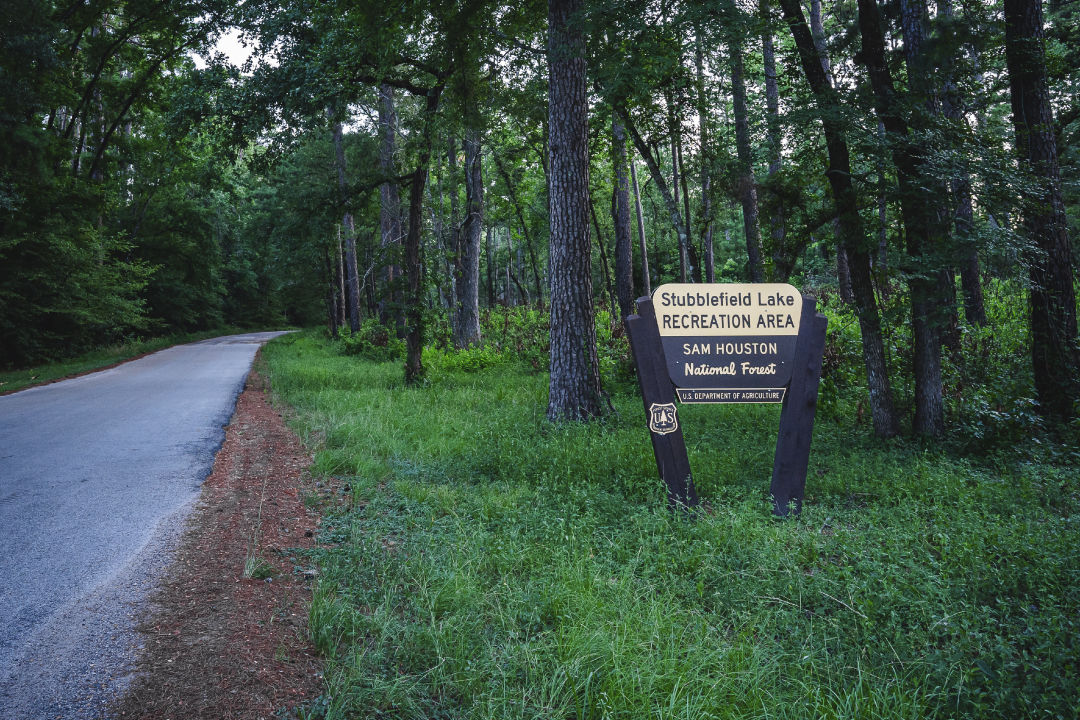
Your best bet to see the stars at night is camping at Stubblefield Recreation Area.
Image: Steven Irwin
Sam Houston National Forest at a glance
Roughly 60 miles north of Houston, Sam Houston National Forest sits in three different counties (San Jacinto, Montgomery, and Walker), covers 163,000 acres of land, and is possibly the best-kept secret getaway for Houstonians. As a multiuse forest, it’s flush with choices for those wanting to get to know the outdoors better: fishing, hunting, boating, kayaking, bird-watching, dirt biking, cycling, and even equestrian trail riding.
While the forest offers plenty of activities, the simplest pleasures alone—like camping, hiking, and stargazing—make the drive from the city worth it. Most of the park is dog-friendly, which is rare for national forests. Your furry friends must be leashed, and the only place they’re not allowed is at the Scott’s Ridge Recreation Area, a swimming spot along the west side of Lake Conroe.

The best places for camping, bird watching, lake activities, and more.
Image: Amy Kinkead
Camping at Sam Houston National Forest
A day trip is just fine, but there’s nothing like waking up in the forest after a night of camping. The weather is cool, the morning dew seems to sparkle on tree leaves and grass, and it’s so quiet you can hear a branch fall in the distance. Make some instant coffee on your portable propane stove, sit among the trees, and take in the glory of your surroundings.
The fall is hunting season at Sam Houston, which means you’re allowed to camp only in designated areas. Primitive camping is allowed from late spring to late summer. There are three developed campgrounds in the park: Cagle, Double Lake, and Stubblefield Lake. For adventure enthusiasts, Cagle has 47 full-hookup sites with access to hiking and biking trails, as well as water sports, boating, and fishing at Lake Conroe.
For more family-friendly camping, Double Lake has lakeside group sites, some with full hookups, and is close to a swimming area and concession stand. For a more secluded experience, and my personal favorite to see the stars at night, head to Stubblefield Lake, which has 28 tent and RV pitches with basic bathroom facilities and no hookups.

Camping with fantastic views of the starry night sky awaits.
Image: Steven Irwin
Tip from a Ranger
“A huge priority is to check if there’s a burn ban in place. This is very important. If so, no fires are allowed except for gas and propane grills, lanterns, and stoves.” —Jason Roesner, Sam Houston National Forest district ranger
Plan ahead: Campsites at Cagle and Double Lake Recreation Areas are reservation-only, while Stubblefield Lake is first come, first served. Reservations open six months in advance and can book quickly on holiday weekends. To reserve a spot, visit recreation.gov or call.
Pro tip: Try to plan your camping trip around a new moon; the stars are more visible at night without its glow.
New to camping? Make a good packing list with all the essentials, one being plenty of water. Water is not always available, so I bring extra for cleaning, washing, and drinking. I prefer sleeping in a car-tent setup to be off the ground, but prepping can be as easy as bringing a basic tent with a rain cover—add a sleep pad or air mattress for more comfort. Flashlights, a first-aid kit, jumper cables, plenty of food, and anything you find essential should also be packed. Beginners should bring more rather than less; eventually you’ll learn what’s best for you. Most campsites have picnic tables, benches, and firepits, but bring a few lawn chairs to sit around the fire to elevate the experience.
Tip from a Ranger
“During hunting season (October 1 to January 15), make sure you camp in designated camping areas only, including designated hunter camps along the Lone Star Hiking Trail. Restrictions for camping do change, so pay attention to your surroundings. Wear bright colors so hunters see you.” —Frank Stranimier, wildlife and program recreation manager

Most of the park is dog-friendly, which is rare for national forests.
Image: Geneva Diaz
Now what?
Hike the day away: The forest has more than 300 miles of hiking trails and 85 miles of multiuse trails for biking and equestrian riding. It’s also the only national forest in Texas that has trails open to off-highway vehicles.
The two easy hikes I’d recommend are the Lone Star Trailhead #11 (3.5-mile loop) and Little Pond Trail (0.8 miles), both dog-friendly. For a more challenging hike, try Little Lake Creek Wilderness (7.7 miles) or Kelly’s Pond Loop (16.8 miles). The famous Lone Star Hiking Trail, the longest continuous footpath in Texas, begins in the northwestern portion of the park and is an approximately 128-mile hike, much of it within the forest.
Drink wine and ride horses: There are equestrian trails for riders and a boarding location at Coach House at Tamerlane Farm, a private campground less than half a mile from the Richards-Raven Equestrian Trail. Stop by West Sandy Creek Winery near the campground for some wine, live music, and snacks.
Go birding: Amateur botanists will find the variety of plants and fungi in the forest breathtaking, and birders will find much to love, too. You might be lucky enough to see a screeching owl, a bald eagle (often hovering over Lake Conroe), or an endangered red-cockaded woodpecker.
Get down on the water: Fishers have their pick of warm-water fishing spots. Both Lake Livingston and Lake Conroe border the forest, and many creeks and streams run through it. Cagle Recreation Area has a boat ramp conveniently located next to the campsites. I especially enjoy taking my inflatable kayak and paddling around the edges of the lake to see the turtles and pools of fish hugging against the edge of the bank. Take a dip at Scott’s Ridge Swim Area; while you cannot camp overnight in this location, it’s open for day use until sunset.

Volunteers work on an improvement project on the Lone Star Hiking Trail in collaboration with Texas A&M Engineering Club.
Caretakers of the trails
Created in 2010, the Sam Houston Trails Coalition is the nonprofit, volunteer-led organization that builds and maintains the park’s more than 300 miles of recreational trails. “Anyone can volunteer. This is a great way to get people interested in going outdoors, and it builds a strong future for maintaining the forest for future generations to enjoy,” says Linda Secrist, the group’s president. “As we continue to build the coalition, we really want to work on how we bring in and keep volunteers, since it’s the core of what we do.”
From building bridges and boardwalks to maintaining footpaths and removing hazard trees, the coalition does it all. Erosion control, mowing overgrown areas, and building kiosks and signs along the trail are equally important parts of the upkeep process. The coalition also applies for and implements recreational trail program grants, which are administered through the Texas Parks and Wildlife Department. The park’s five current grants are allowing them to work on projects on the multiuse and equestrian trails, as well as the Lone Star Hiking Trail.
To get involved with the organization or donate, visit samhoustontrails.com.
The importance of prescribed fires
According to the Texas A&M Forest Service, which holds prescribed burn manager training every year, East Texas is considered a “fire dependent ecosystem.” The region’s pine trees have adapted to controlled fires, which have helped curb the understory (the vegetation layer below the forest canopy) for hundreds of years.
“Prescribed burning is one of numerous forest management techniques we use here in the forest, and it’s a really beneficial tool,” says Connor Murnane, a district forester with the Texas A&M Forest Service. “It returns nutrients to the soil, it helps reduce fuel loading, and restores the natural balance of the ecosystem.”
Fuel loading includes dust, debris, twigs, and branches that collect on the ground over a period of time and can cause a wildfire to spread very quickly. The plan for a prescribed burn is written months in advance. Once in place, the boundary lines—such as roads, paved trails, and other firebreak systems—are reinforced.
“Firefighters lug around what you call a drip torch on foot through the mapped area, as well as drive Type 6 wildland engines that are used to fight fires off-road,” Murnane says. “In the process of prescribed burning, the actual flames-on-the-ground portion can go relatively quickly. For instance, a 20-acre area may take only around 30 minutes.”
Then there’s the mop-up phase. Firefighters clean up residual fuels, cool the ground and trees with water, and pat down some of the ash to recycle as organic matter and nutrients for the soil. After a prescribed burn, the area can look a bit devastated, but within weeks native grasses grow out of the ashes, and within one to two years the hardwood and brush decrease, creating an open-pine savanna ecosystem.







